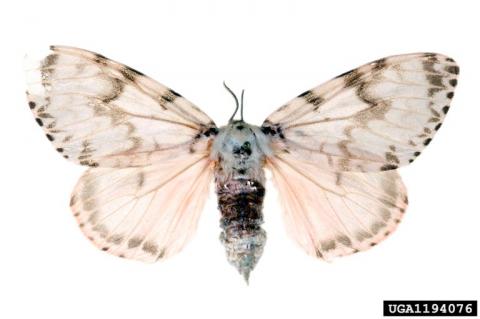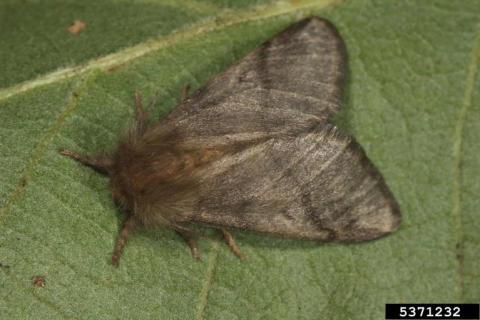Survey for Forest Pests
Kentucky has a thriving parks system. The state has 52 state parks including 24 recreation state parks, 17 resort parks (more than any other state), and 11 historic state parks. Nearly half of Kentucky's counties have a state park and a 2015 study cited by the Kentucky Association of Counties estimated the economic impact of the state park system at $889 million. 7.9 million people visited Kentucky state parks in 2019. In addition, approximately one million acres of land belong to national parks in Kentucky (statistics from www.kentuckytourism.com). Many of these parks have campgrounds which are popular destinations for both in-state and out-of-state visitors. Campgrounds are high-risk areas in terms of the introduction of forest pests and state and national parks are high-risk areas in terms of points of potential establishment of exotic pests; therefore, we will perform a bundled survey focusing on Kentucky parks to protect Kentucky’s forests and preserve an important source of tourism revenue for the state.
In addition to the tourism aspect of Kentucky's forests, Kentucky's forest and wood industry is extremely important to the state. Kentucky's forest sector is estimated to have contributed over $18 billion to the state's economy, 28,000 jobs in the forest sector, and an estimated 57,275 jobs overall in 2022-2023 (KY Forest Sector Economic Contribution Report 2022-2023). Kentucky is in the top three hardwood timber producers nationally and leads the southern United States in sawlog and veneer production (www.forestry.ky.gov).
The survey will take place in 20 parks throughout the state of Kentucky. We will design a survey that consists of several traps targeting invasive moth and beetle pests. These pests pose a risk to oak trees and 75% of Kentucky’s forestland, a total over 9.3 million acres, is an oak-hickory forest type (statistics from forestry.ky.gov). These pests are as follows: Rosy Moth, Oak Processionary Moth, False Codling Moth, Oak Ambrosia Beetle, and Lymantria dispar asiatica. We will also conduct visual surveys for Spotted Lanternfly and Asian Longhorned Beetle. The establishment of any of these insects would have large negative impacts on the state’s forestland. We will collect survey data detailing the presence/absence of these pests in Kentucky’s parks. As with most other exotics, early detection leads to easier and less costly eradication.

Photo: DAFF Archive

Photo: Gyorgy Csoka
